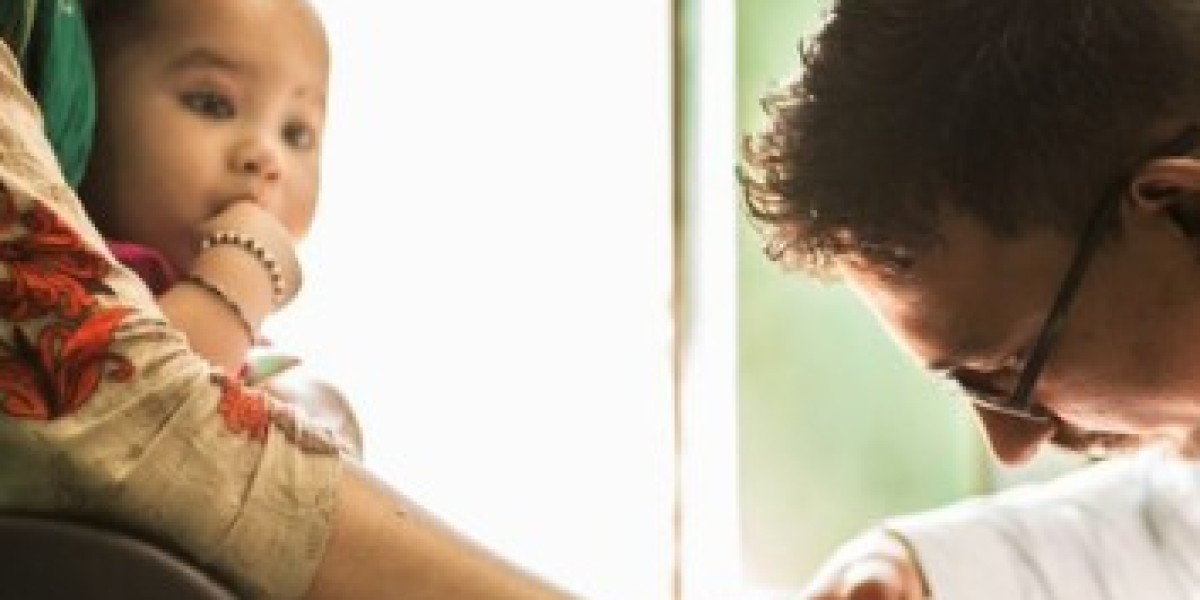Imagine a world where every child has the opportunity to take their first steps with confidence and grace. This vision is not a distant dream; it's a reality being shaped by the remarkable advancements in clubfoot treatment. Clubfoot, a congenital condition where one or both feet are turned inward and downward, is no longer a life sentence for children. In this comprehensive exploration, we delve into the modern landscape of clubfoot treatment, the pioneering methods, and the hope they bring to countless families.
Understanding Clubfoot
Before we embark on the journey of modern clubfoot treatment, it's essential to grasp the fundamentals of this condition.
The Nature of Clubfoot
Clubfoot, also known as congenital talipes equinovarus (CTEV), is a congenital deformity that affects the structure and positioning of one or both feet. It is typically characterized by a foot that is twisted inward and downward, making it appear as if the child is standing on the side of their foot.
Prevalence and Impact
Clubfoot is one of the most common congenital birth defects, with an incidence rate of approximately 1 in every 1,000 live births. While it can vary in severity, clubfoot can significantly impact a child's mobility, self-esteem, and overall quality of life if left untreated.
A Historical Perspective
Historically, clubfoot treatment primarily relied on surgical intervention, often involving invasive procedures to correct the deformity. However, the landscape of clubfoot treatment has undergone a transformative shift in recent decades.
The Ponseti Method: A Turning Point
The turning point in the treatment of clubfoot came with the development of the Ponseti method. Dr. Ignacio Ponseti, an orthopedic surgeon, pioneered this non-surgical approach in the mid-20th century.
Key Elements of the Ponseti Method
The Ponseti method is characterized by its non-invasive and highly effective approach:
1. **Serial Casting:** The treatment begins shortly after birth with the application of a series of plaster casts. These casts are changed at regular intervals, gradually repositioning the foot into the correct alignment.
2. **Achilles Tendon Release:** In some cases, a minor surgical procedure to release the tight Achilles tendon may be required to complete the correction.
3. **Bracing:** After the casting phase, the child is required to wear a brace (commonly known as "boots and bar") to maintain the corrected position of the feet. This phase is essential for preventing relapse.
The Impact of the Ponseti Method
The Ponseti method revolutionized clubfoot treatment by offering a highly successful, minimally invasive alternative to surgery. Its success rates exceed 90%, making it the gold standard for clubfoot correction worldwide.
The Modern Landscape of Clubfoot Treatment
Today, clubfoot treatment has evolved into a multi-faceted approach that combines the Ponseti method with comprehensive care and support.
Early Diagnosis and Intervention
Early diagnosis and intervention are critical for successful clubfoot treatment. Many countries have implemented newborn screening programs to identify cases shortly after birth. Early intervention ensures that treatment can commence in the infant's first weeks of life, maximizing the chances of full correction.
Multidisciplinary Care
Modern clubfoot treatment involves a multidisciplinary team that includes orthopedic specialists, physical therapists, and nurses. This collaborative approach ensures that every aspect of the child's treatment and care is addressed comprehensively.
Parental Involvement
Parents play a pivotal role in their child's clubfoot treatment. They are educated about the condition, casting process, and the importance of brace compliance. Parental involvement is essential for the success of treatment and long-term outcomes.
Beyond Treatment: The Emotional Journey
Clubfoot treatment extends beyond the physical correction of the deformity; it encompasses the emotional journey of families and the resilience of children.
The Emotional Impact
Receiving a clubfoot diagnosis can be emotionally challenging for parents. The uncertainty and fear about their child's future can be overwhelming. However, the support of healthcare professionals and the clubfoot community can offer much-needed reassurance and guidance.
Clubfoot Support Groups
Support groups and online communities have emerged to provide a platform for parents to connect, share experiences, and seek advice. These groups foster a sense of solidarity and empowerment among families facing similar challenges.
The Road Ahead: Challenges and Aspirations
While modern clubfoot treatment has made remarkable strides, there are still challenges to address and aspirations to fulfill.
Global Accessibility
Ensuring that clubfoot treatment is accessible to children in all regions of the world remains a significant challenge. Many low-income countries still face barriers to accessing the necessary care and resources for clubfoot treatment.
Raising Awareness
Raising awareness about clubfoot, its treatment options, and the potential for full correction is crucial. Awareness campaigns can help dispel misconceptions and reduce the stigma associated with the condition.
Ongoing Research
Ongoing research in the field of clubfoot treatment aims to further enhance the effectiveness of existing methods and explore innovative approaches. Researchers are committed to improving the long-term outcomes and quality of life for individuals with clubfoot.
Conclusion
The journey of clubfoot treatment is a testament to the indomitable spirit of human innovation and compassion. What was once a condition associated with lifelong disability has been transformed into a journey towards healing and hope. Modern clubfoot treatment, anchored by the Ponseti method, has not only corrected the physical deformity but also uplifted the lives of countless children and their families.
As we celebrate the progress made in clubfoot treatment, we must also redouble our efforts to ensure that every child, regardless of their geographical location or economic circumstances, has access to the transformative power of modern clubfoot care. With continued dedication, awareness, and research, we can step closer to a world where every child takes their first steps with the confidence and grace they deserve.








